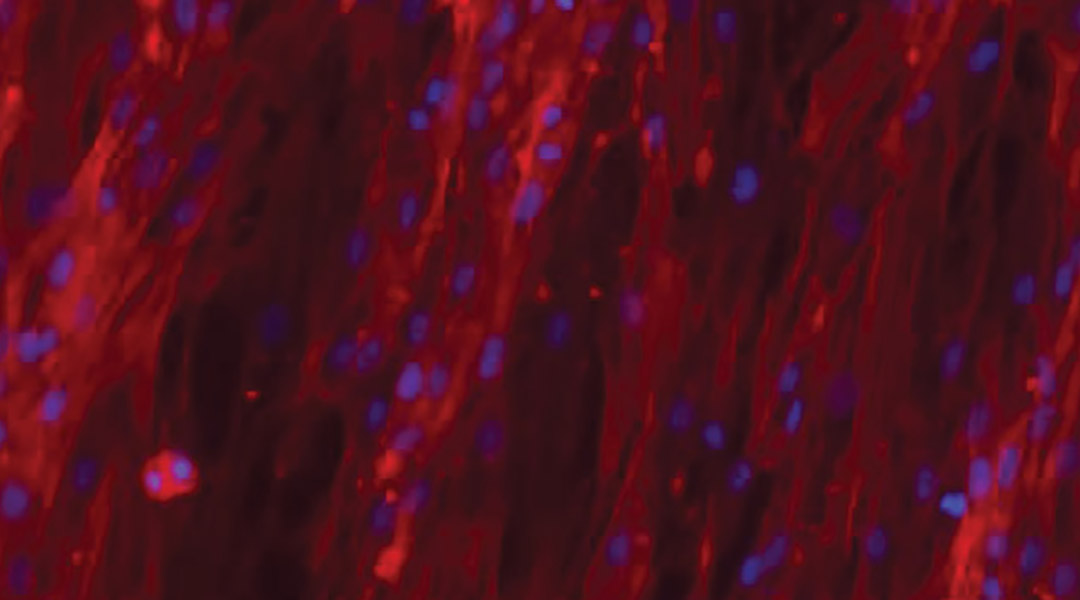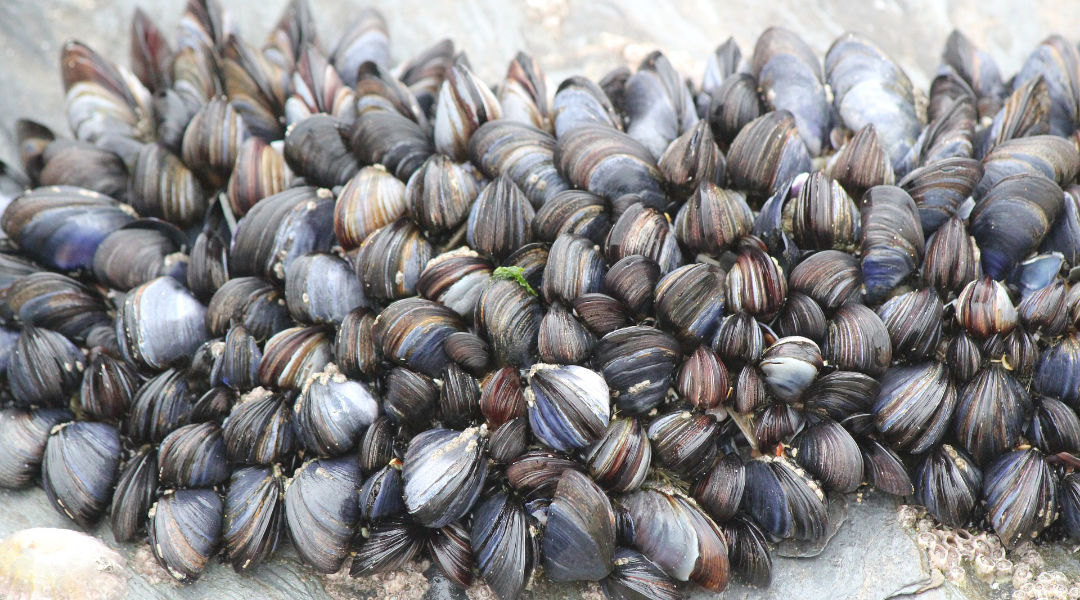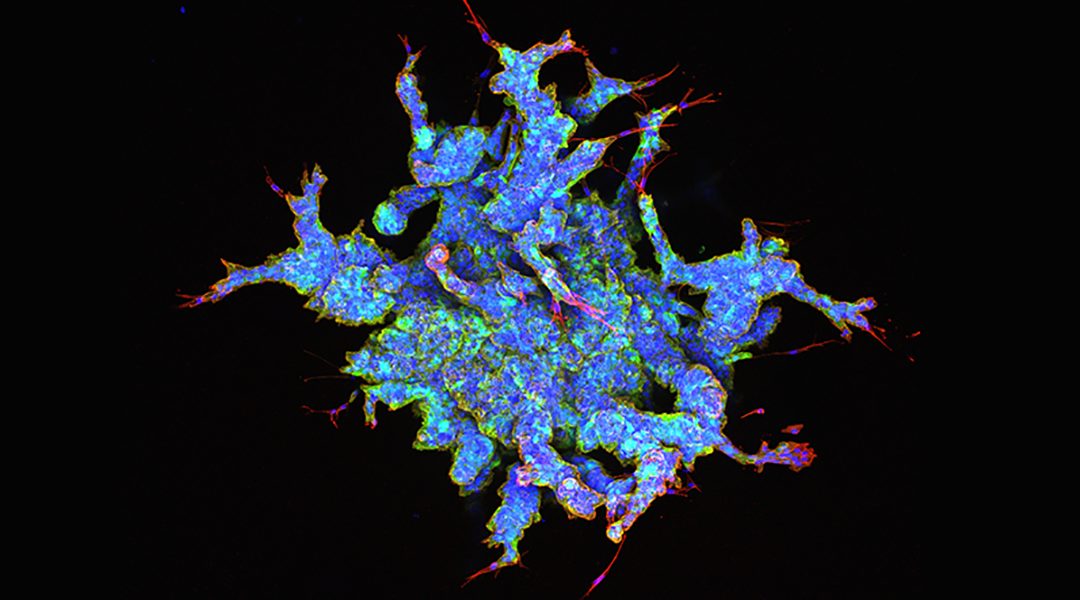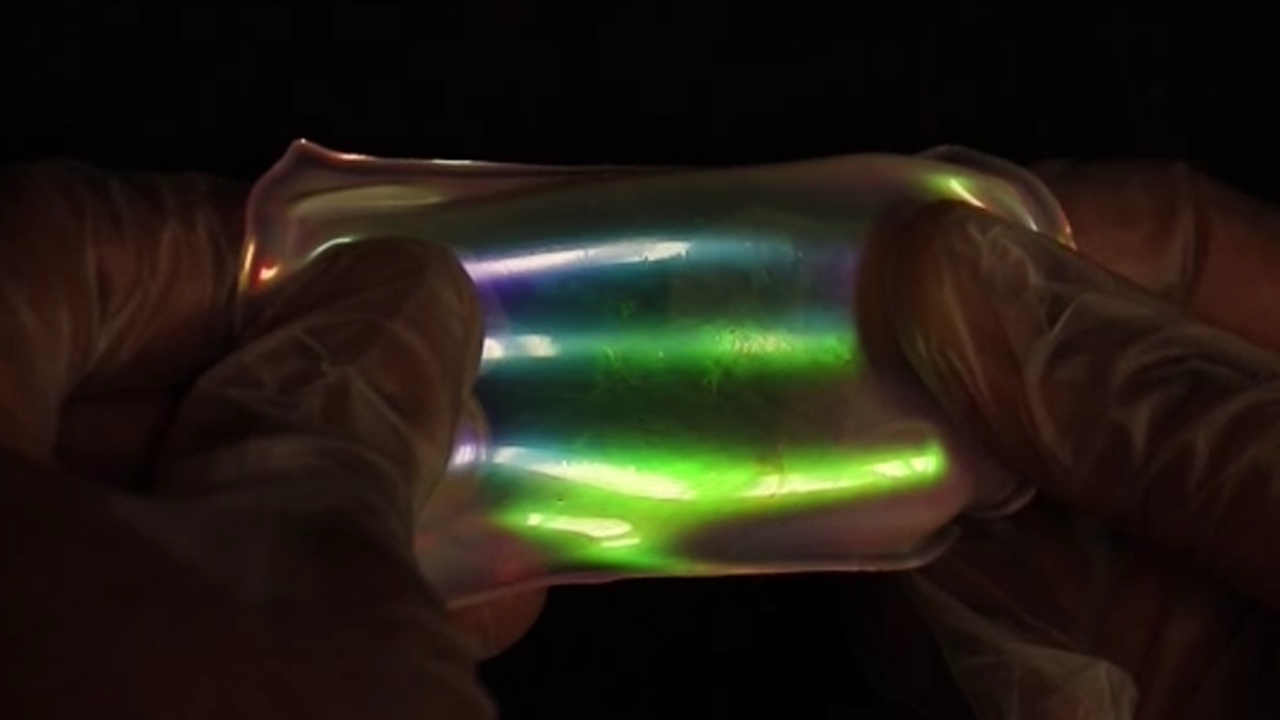Scientists apply a versatile new strategy to develop solid−hydrogel hybrid materials to regrow tissue.


Scientists apply a versatile new strategy to develop solid−hydrogel hybrid materials to regrow tissue.

Scientists design a stretchable, adhesive, self-healing material that can change color as a result of movement for real-time motion sensors.

Here, we take a look at some of the most intriguing scientific images published in June 2020.

Developing a battery-free electronic sensor to monitor the forest.

A new way of making large sheets of graphene could lead to ultra-lightweight, flexible solar cells, and to new classes of light-emitting devices and other thin-film electronics

Zinc metal batteries built using a novel hydrogel electrolyte show remarkable performance and processability, making them suitable for the next generation of wearable energy storage devices.

A team of researchers from the Universities of Surrey and Sussex develop mechanochromic and thermochromic sensors based on graphene infused polymer opals.

A new technique opens up new possibilities in membrane fabrication.

Relatively inexpensive compound could perform safely and effectively in solar cells

Researchers develop an easily scalable approach for fabricating cholesteric liquid-crystal elastomer films.